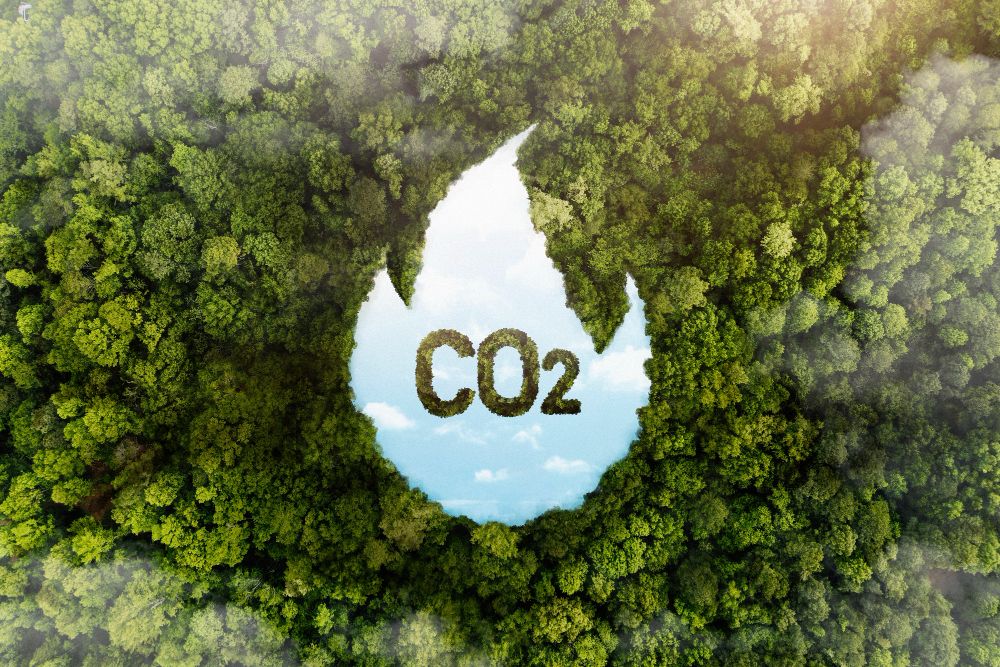Accurate, consistent and internationally comparable data on GHG emissions is essential for the international community to take the most appropriate action to mitigate climate change, and ultimately to achieve the objective of the Convention. Communicating relevant information on the most effective ways to reduce emissions and adapt to the adverse effects of climate change also contributes towards global sustainable development", as it is mentioned in the United Nations Framework Convention on Climate Change. Serbia, however, hasn’t complied with these guidelines.
The Second National Communication of the Republic of Serbia towards the UNFCCC carries the following date: October 23rd 2017. In the last quarter of 2017, Republic of Serbia reported to the UNFCCC in order to help the international community take the most appropriate action in order to meet the goals of the Convention, as well as to report on the important data related to the most appropriate means to reduce emissions and thus contribute to global sustainable development. Whatever…
In the chapter 1.2, the Communication provides an overview of the GHG inventory for the last year covered by this Communication, which is 2014, and states the following: “Based on the GHG inventory, it is estimated that the total emissions of the Republic of Serbia, not including the removed gasses, amounted to 67.148,23 Gg CO2 eq”. Unfortunately, these data do not meet the first criterion set out by the Convention, regarding the reporting. These data are simply wrong. Without trying to figure out what the actual meaning of the quoted claims is, we can firmly claim that GHG inventory for 2014 could have been calculated with far more precision at the time the Communication was submitted, compared with what was actually reported. It seems that the biggest mistakes in the GHG inventory submitted by the Republic of Serbia to the international community were related to emissions coming from energy sector.
Comparison with calculations carried out by independent institutions, such as International Energy Agency, depicts the issue even more clearly. What brings more concerns is the fact that the people in charge of delivering the report had the access to the accurate data through other sources as well, such as the Global Fund for the Environment, via UNDP. The Energy Balance of the Statistical Office, as well as the Energy Balance of the Government of Serbia, containing the data on final consumption for 2014, were available more than two years ahead of this Communication.The Annual Report on environmental conditions, issued by the EPS public utility company, available since April 2016, contained the emission information for 2015. Unfortunately, this company hasn’t produced the same type of report for 2014. Serbian Environmental Protection Agency had many data on the GHG emissions publically available no later than mid-2016, in some of its online databases. It gets particularly interesting once we compare the Air emissions calculations, carried out by the Statistical Office of the Republic of Serbia for the year 2016 , in which the local pollutant emissions for 2014 were shown alongside the GHG emissions for 2013, with the same document, issued a year later. The Air emissions calculations, issued in 2017 , provide an overview of local pollutant emissions for 2015 and GHG emissions for – you would never guess – 2013 again. Imagine, the Statistical Office of the Republic of Serbia has reported on GHG emissions in 2014 as soon as on December 20th 2016. Whatever…
Ok, the Communication has failed to provide accurate data on GHG emissions. Are there any relevant data on the most meaningful methods and measures of GHG emission reduction? Yes, there are. Chapter 1.7 of the Communication provides an information on that. The measures included are, among others, building up 2900 MW (total of 5 new plants) of new coal-based electricity production capacities.
Let’s now take a look at the Draft Transmission System Development Plan of the Republic of Serbia, covering the period from 2018 to 2017, in which we can see that the operators planned to build up only two plants in that period. It seems that the ones not favoring the climate change mitigation don’t dare to dream about solutions. I am trying to remain as decent as I can be while I’m delivering to you the news that the Report we’re talking about counts the extending the capacities of oil fuel – based district heating system as a mitigation measure.
What about the adaptation measures? The Communication has a take on these as well and perhaps they are well-chosen. But we’ve got to ask ourselves: How can we count on anyone being able to implement those measures when we’re not even able to deliver a proper approximation of our GHG emissions? We couldn’t care less as we’re riding off to the sunset.
Aleksandar Macura, Programme Director of RES Foundation
This text is featured in the 36thissue of the “Let’s speak about negotiations” Journal, which can be accessed HERE.
Photo credits: Freepik

